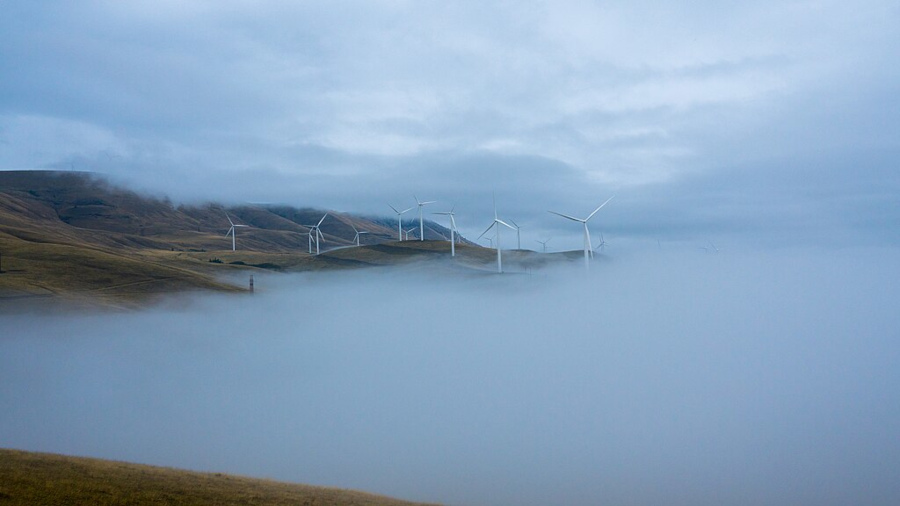Photo: Wind turbines in fog; creator: Phiteros; CC BY 4.0 DEED, Attribution 4.0 International
One of the biggest green energy money pits is the wasteful spending on wind power, as illustrated by the often-idle giant wind turbines visible from many highways. Despite decades of effort and billions of dollars in spending, wind power is still unable to pay for itself.
Record cold temperatures across the United States last fall included October snow showers in eight midwestern states. The 20 and 30-degree drops in temperature were felt from Dallas to the East Coast. Cold winters and rapid temperature drops require there to be affordable energy for everyone to stay warm. Without affordable energy infrastructure, there will be more jolts in inflation, worsening the already disastrous problem
In August 2000, General Electric was the most valuable company in the world, having a market capitalization of $601 billion. Today, as it loses $1 billion annually on its offshore wind farms that blight the ocean view for many Americans, the value of the company founded by Thomas Edison has fallen by more than 80 percent.
Wind turbines fail to produce power when it’s needed most, such as on very hot or very cold days, and their maintenance expenses are exorbitant. The inconsistent supply of energy from wind turbines causes spikes that harm the energy grid.
Rising interest rates have laid bare the billions of dollars in operating losses generated by the noisy and ugly windmills. Since low-interest loans are no longer available, green energy companies will be forced to seek billions more in subsidies from the federal government to offset mounting losses.
Wind turbines carry very little bang for their buck. Wind power is a losing prospect, and the idea that more wind turbines could make the United States carbon-neutral without running massive debts is a pipe dream. The green energy agenda is a fad and based on the suspect domain of climate change science. Is this worth tanking the American economy? Certainly not.






